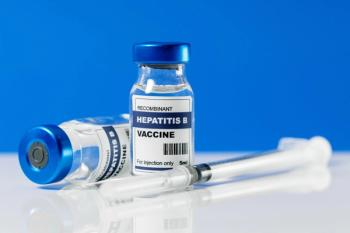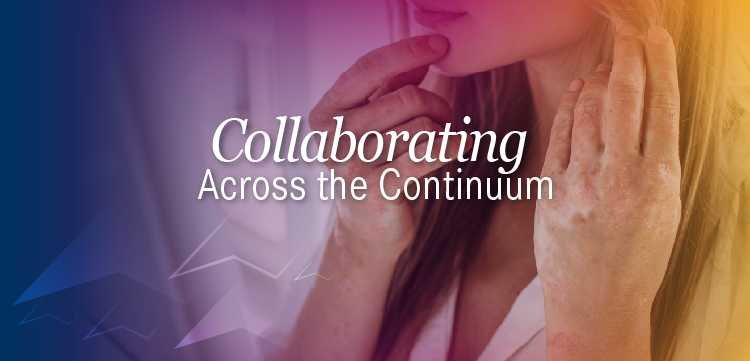
Why You Should Do a Media Literacy Elective in Psychiatry Residency
Psychiatrists can leverage media to reshape mental health narratives, combat misinformation, and engage with the public, in a way that fosters open conversations and reduces stigma.
COMMENTARY
Psychiatry and media actually have a lot in common: both are about shaping how people think and feel, but only one of them went viral last week. One works quietly through therapy and medication. The other? Loudly, through TikToks, headlines, memes, and chaos. And when they intersect, we get an opportunity to rewrite the narrative on mental health. Not just in the DSM, but in the group chat, the comment section, the dinner table as well. We are given the opportunity to normalize mental health conversations, reduce stigma, and call out dangerous simplifications—like “adverse life event = trauma” or “SSRIs will eat away your soul.” That is why I am doing a media psychiatry elective, and why I think every resident should too.
We need more psychiatrists in media. Point blank. That is exactly why I decided to do a media psychiatry elective with Mena Mirhom, MD, FAPA—a media-savvy psychiatrist who regularly appears on Fox5 and NTD News, hosts a podcast, and creates mental health content on TikTok and Instagram. During this rotation, I have been writing, helping produce content, attending news segments both in-studio and virtually, contributing to and learning more about podcasting, and learning the ropes of media communication, from pitch to post. I also got to visit the NTD News studio, meet the anchors and producer, and watch a segment come together in real time—from script to lighting to final delivery. It gave me a whole new appreciation for how much clarity, speed, and intention go into communicating a message to the public. Building on that experience, I got the chance to go live on Fox5 DC for a 3-minute interview about loneliness among middle-aged adults. It was something I had always hoped to experience—and while it was definitely out of my comfort zone, stepping into that moment was one of the most rewarding parts of my residency so far.
I am also getting exposure to Athletes for Hope, an organization where Dr Mirhom is helping improve access to care for athletes of all levels and advocating for mental health in high-performance environments.
I have never learned this much about reaching people this quickly in my entire residency. And to be honest, this should be strongly encouraged, especially for psychiatry. Because if we are serious about reducing stigma and preventing misinformation, we cannot just stay in the clinic or lecture hall. We must be where people are: online, in their feeds, in their ears, on their TV and smartphone screens
The Social Media Effect and TikTok Therapy
There were a few moments that really pushed me toward this direction. Like in 2020, when a prominent celebrity had a very public episode that many speculated was linked to bipolar disorder. The media coverage? Absolute chaos. Everyone from my mom to random influencers was diagnosing them with everything under the sun. That was a prime moment for psychiatrists to step in—to explain what bipolar disorder can actually look like, to clarify mania vs character traits, and to emphasize boundaries while still showing empathy.
Then came the rise of TikTok therapy. Suddenly everyone had trauma, everyone had borderline personality disorder, and everyone’s ex-partner was a narcissist. Attachment styles became zodiac signs. We are in a culture that is hungry for mental health language, and we are letting influencers, not clinicians, feed them. Where were we during the grief and anxiety of the COVID-19 pandemic? When suicide attempt rates were skyrocketing and everyone’s coping mechanisms were stripped away? That was a public health crisis begging for visible, trustworthy psychiatric voices.
Why This Rotation Matters
Psychiatrists need to be trained not just to debunk misinformation, but to learn how to do it effectively—and to speak to the public about mental health issues clearly, concisely, and compassionately. That means learning how to engage, not just correct. And no, that does not mean shutting down opposing views. On the contrary, being challenged is part of having any real dialogue in the public space.
I have seen this firsthand watching Dr Mirhom on air. Most recently, he did a segment on the resurgence of measles and how anti-vaccine misinformation is spreading. The messages that I watched Dr Mirhom relay were concise, precise, and targeted, but also empathetic. He did not come off as condescending. He translated medicine into plain English.
That is what makes this so important: the ability to connect, not just correct. Our white coats and medical degrees mean nothing for people who have been burned by the system. Credibility is not just credentials anymore—it is clarity, tone, and accessibility. We are seeing individuals refuse life-saving medications because of viral TikToks, or justify abuse using buzzwords like “twin flame.” That kind of messaging delays care, worsens outcomes, and can be life-threatening. The truth is, a lot of people already mistrust psychiatry. If we stay silent, we reinforce the idea that we are too elite to engage with, too fragile to be questioned, or too detached to bother explaining ourselves to the average person.
Residents Are the Missing Link
As psychiatry residents, we have a unique advantage. We are younger, often more tech-savvy, and plugged into the cultural zeitgeist. We are watching the memes, hearing the slang, listening to the music, seeing what is trending. That means we are perfectly positioned to step into the media world and actually resonate with the next generation.
The good news? We are already trained in psychoeducation. The bad news? Whether we like it or not, the days of handing a patient brochures about their diagnosis are long gone. We need to learn the language of social media, of storytelling, of mass communication—because if we do not, someone with no medical training and 500k followers will. And if we do not even show up to the conversation, we have already lost it.
Concluding Thoughts
In most of our rotations, you treat individuals. But in media, you treat the narrative. And narratives matter—now more than ever.
For too long, many doctors have stayed out of the public eye—often out of fear of liability, legal consequences, or public scrutiny. And while that instinct is understandable, it is also part of how we lost control of the conversation.
To my fellow psychiatry residents: media literacy is not just a ‘nice to have’ soft skill. It is an essential asset that could save lives, a survival skill. If we want to reclaim the conversation around mental health, we must show up and speak the language. Patients do not owe us their trust—we earn it.
And yes, sometimes, we must do it in 15 seconds or less.
Dr Khorasani is a PGY-2 resident in theBronxCare Health System.
Newsletter
Receive trusted psychiatric news, expert analysis, and clinical insights — subscribe today to support your practice and your patients.

















